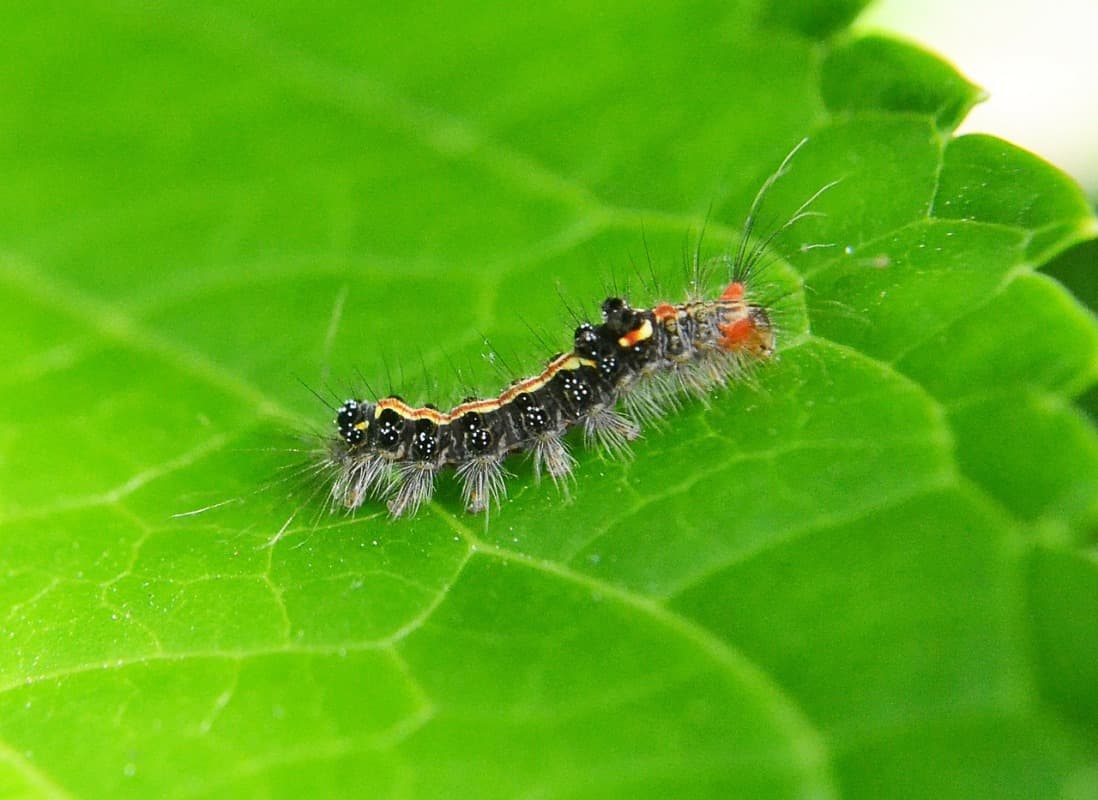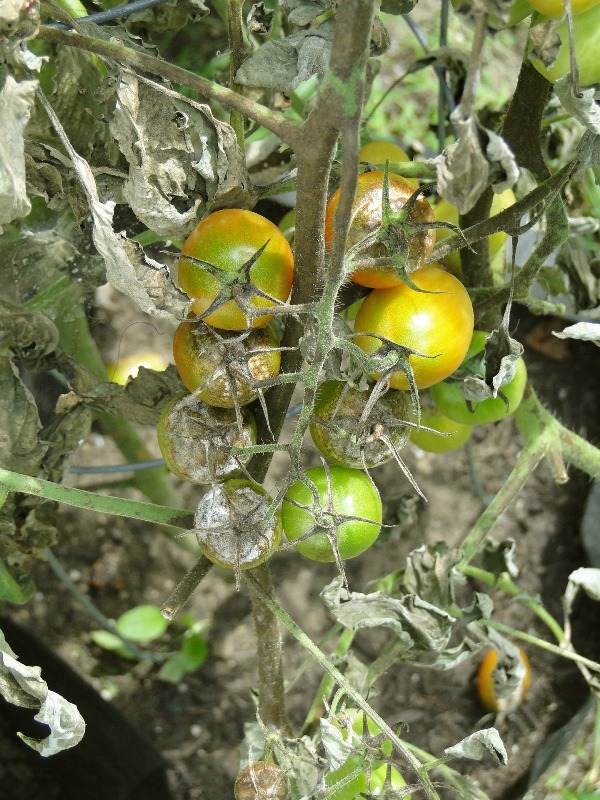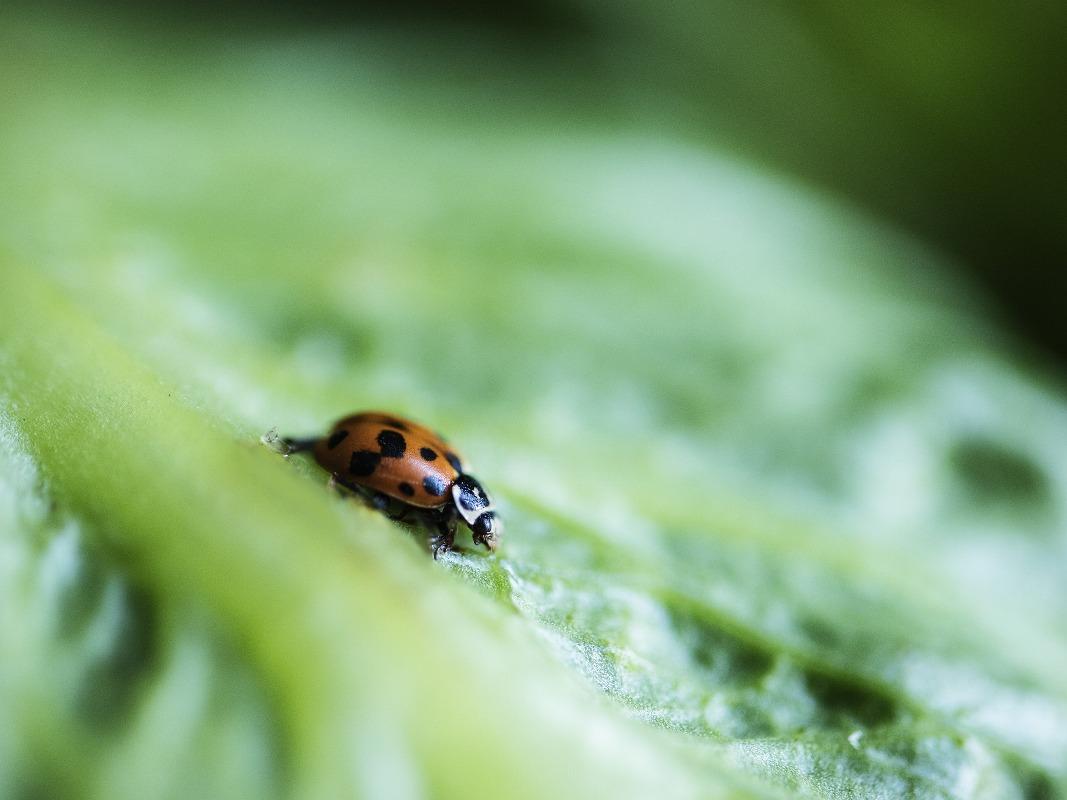Introduction: Hello gardeners today we will go through common vegetable pests and diseases and thier control procedure. Vegetable pests and diseases take their energy from the plants on which they thrive.
A step by step guide to vegetable pests and diseases
Vegetable plant diseases are characterized by a variety of symptoms, including moldy coatings, wilting, scabs, blotches, rusts, and rot. Most vegetable plants will face pests and diseases. These attacks slowly plant growth and can even be fatal to the plant.
Common vegetable pests
Aphids in vegetable plants
Besides pumpkins and squashes, aphids attack almost all vegetable plants including potatoes. There are mainly winged and non-winged aphid types. They suck the juice from the plants and some transmit viral diseases to vegetable plants. Aphids are 1 to 3mm, soft-bodied insects that can be green, grey, or black. Most commonly seen in spring and autumn, aphids can be winged or wingless and usually slow-moving. Aphids cluster on the tips of the shoots, sucking the sap from the vegetable plant, which reduces plant vigor. Aphids can spread viruses that can severely reduce yields and quality.
Several natural enemies such as lacewings and ladybugs will give biological control. If required, control with sprays that are garlic extract or horticultural oils and horticultural soaps. Sprays containing pyrethrum and piperonyl butoxide can be used but crops cannot be picked for one day after its use.
Caterpillars in vegetable plants
Caterpillars are generally the larval stages of moths or butterflies. They are normally hairless, with a long cylindrical body from 10 to 50mm long and range in color. Caterpillars could attack leaves, stems, flowers, fruits, and roots. Green caterpillars of the large cabbage white butterfly and small diamond-back (cabbage) moth can severely damage the leaves of the Brassica family which includes broccoli, cabbage, kale, and cauliflower. Cluster caterpillars, woolly bear caterpillars, and looper caterpillars will attack the leaves of most vegetable plants.
You should not miss the How to Grow Lemons from Seed.

The eggfruit caterpillar bores into aubergine and native budworm will bore into the fruit of many vegetables, particularly, capsicums, tomatoes, and sweet corn. These fruit pests are hard to kill and early spraying is necessary to kill the caterpillars before they enter the fruits. Other caterpillars attack the plant roots and stems.
Flea beetles in vegetable plants
There are several species of flea beetles. Those common on vegetables are black, 1/16- to 1/8-inch long adult beetles that may have light-colored stripes. And they jump and fly when disturbed. The adults eat tiny, pin-sized holes in leaves of eggplant, radish, bean, potato, tomato, and pepper, etc. Pits can be eaten into the leaves; these pits later turn brown.
Cabbage worm
Cabbage worm adults are white or yellowish-white butterflies with light black spots on the wings. They first appear in mid-April and continue to be a problem until mid-September. They attack vegetables like cabbages, broccoli, cauliflowers, collard greens, and kale. They fly during the day and lay eggs on the plant leaves. The eggs hatch into velvet-green larvae that feed on the upper surface of the leaf, leaving the midribs intact and the bright green pupa is attached to the lower surface of the leaf by a silky thread. The pest overwinters as pupae in plant debris.
Several common vegetable diseases
Anthracnose in vegetable plants
Tomatoes, cucumbers, melons, and beans are most affected by anthracnose. Symptoms contain fruits and pods with small, sunken spots. To control, carefully apply liquid copper or neem sprays before and during infection periods. Begin applications leaf buds break in the early spring. In the case of severely infected plants, you’ll want to properly destroy them.
Anthracnose affects leaves and stems of vegetables like turnips and causes small, gray, or black spots on these parts. The harmful microorganism survives in weeds, so you can prevent it by removing any unwanted plants from the garden. You can prevent the fungus by keeping your garden at a lower moisture level. The affected plants can spread Anthracnose to the healthy ones, so you want to remove the infected plants from your garden to control the spread of the disease. You can try appropriate fungicides to kill the pathogen.
Bacterial leaf spot in in vegetable plants
Infected vegetable plants have small, dark water-soaked spots on leaves and these spots will dry up and drop out leaving “shot holes.” Small, sunken dark spots or cracks will form on fruit. Bacterial leaf spot mainly affects tomatoes, peppers and cabbage-family plants in the vegetable. And there is no cure for plants infected with the bacterial spot. Apply sulfur-based fungicides weekly at first sign of disease to prevent its spread. And, limit high-nitrogen fertilizers, rotate crops and destroy any heavily infected plants.
Late blight in in vegetable plants
True to its name, this fungal disease occurs later in the growing season with symptoms appearing after blossom. Look for water-soaked spots on lower leaves and a white fungal development on the undersides. Late blight affects tomato and potato plants in the vegetable plants. Vegetable plants will rot and die in wet weather. Apply copper sprays every 7 days or less, and following heavy rain or when the amount of disease is increasing rapidly.
You may also like the How to Grow Green Chillies in Pots.

Club Root – A serious problem in home gardens, clubroot infects brassica crops such as cabbage, broccoli, cauliflower, etc. which wilt during the heat of the day. Older plant leaves turn yellow and drop. Plant roots are distorted and swollen. Look for disease-resistant plant varieties and rotate crops.
Downy Mildew – Affects many vegetable plants and appears as a white to purple “downy” growth on the undersides of leaves and long stems. The best method to prevent downy mildew is to avoid the conditions that favor it. Prune plants to develop air circulation. If you catch the infection early, apply copper fungicides every 7 to 10 days until harvest. Dispose of severely infected vegetable plants. The fungus thrives in cold and wet conditions, so you can prevent it by avoiding these conditions in your vegetable garden. Some of the practices that can cause cold and wet conditions are excess watering and over-head irrigation.
Powdery Mildew – Infected leaves become covered with a white to gray powdery growth, generally on the upper surface. Severely infected plants can turn brown and drop. A wide variety of vegetable plants are affected by powdery mildew. Prune or stake plants to develop air circulation. Destroy heavily infected vegetable plants. The fungus survives in cool and dry conditions, so you can avoid these conditions to discourage the pathogen from developing in the vegetable garden. Powdery mildew can be treated with sulfur, so you can use the chemical on vegetables when you notice the disease symptoms. As for the control, you can eradicate the infected plants to stop the spread of the pathogen.
Pests and diseases control methods in vegetable plants
Your first step in the battle against disease is to choose resistant vegetable plants. Other measures for minimizing diseases in vegetable gardens contain keeping your growing area clean, properly watering and fertilizing plants, rotating crops and using disease-free seeds and starter plants.
If fungal problems appear in the vegetable garden, you can try controlling them by reducing high moisture conditions, improving air circulation and by cutting away infected plant parts. In most cases, however, a fungicidal spray or dust will be essential.
Insect control in vegetable plants
Very few vegetable gardens escape attack from some type of insect. Some insect damage must be tolerated in the organic vegetable garden. Most insects could be controlled by the use of natural pesticides and handpicking. Destroy insect breeding places, for example, weeds and crop wastes. Rotate crops so that you don’t plant the type of vegetable in the same location the following year. Insects can carry disease organisms over winter. They spread these organisms from wild to cultivated plants and from diseased to healthy plants in the garden. Insect control will reduce plant damage.
Disease control in vegetables
Strong healthy vegetable plants can fight off many infections. Stressed plants are susceptible to damage from diseases. Some vegetable plant diseases cause the seed to decay or seedlings to die before emergence. Others attack plant roots, stems, and fruits, causing leaf spots, wilts, cankers, or fruit rots. Vegetable diseases can be carried on the seed or in the soil or spread by insects.
Crop rotation to control pests and diseases
Crop rotation will help prevent the buildup of plant disease-causing organisms in the soil. Some disease-causing organisms affect one vegetable or group of vegetables, but could not affect another. Several vegetable plants of the same family, such as squash, cucumbers, and cantaloupes, may be affected by the same disease. Then, it is not a good practice to grow plants of the same family in rotation.
Planting dates
Planting dates can be an effective tool in reducing diseases of vegetable plants. Okra, for instance, requires warm soil for good germination and plant growth. If planted when the soil is still cold, the seeds will rot, or if they do germinate, they will develop damping-off or stem rot. Some crops, such as corn and beans, must be planted as early as the weather permits to escape severe virus infections. Aphids that transmit viruses are generally at lower population levels early in the season.
Mulching to control pests and diseases
Mulches can be used to conserve moisture, and keep fruit clean and prevent diseases. Mulches reduce fruit rot on plants, such as strawberries, tomatoes, squash, cucumbers, and melons by preventing direct contact with the soil. Mulching will decrease the splashing of soil onto lower fruit and foliage by rain.
Incase if you miss this: Vertical Vegetable Gardening Ideas.
Natural pest and disease control in vegetable plants

A healthy soil
A soil managed using some organic methods will give plants a balanced food supply. Vegetable plants that are fed well, like people, will be much more resistant to pest and disease. So caring for the soil is very important. It must be managed in ways that develop and protect its structure, its fertility and also the millions of creatures for which it is a home. Caring for the soil mainly involves providing a regular input of organic residues in the form of animal manures and plant remains.
A healthy crop
By giving vegetable plants the right growing conditions they will be more able to resist pests and diseases. Also, the right choice of the plant will help to deter pests and disease. A plant growing in an area where it is not suited is more likely to be attacked. You must take account of the soil type, the climate, the altitude, the available nutrients and the amount of water needed when selecting your crops. Plants will yield well and resist pests and diseases if they are grown under the most suitable conditions for that particular plant. To help ensure a healthy plant, weeding should be done early and regularly to stop weeds from taking nutrients that should be going to the crop.
Proper watering
Proper water management is very important for keeping plants healthy. Constantly wet soils contribute to soil-borne diseases, for example, seed decay, damping-off, and root and crown rot. To encourage a healthy root system, water deeply and when needed (no more than once per week, if possible) based on natural rainfall. More water will be needed during hot, dry weather, while little additional water may be needed during cooler months.
Site selection
Although few people have an ideal garden spot, site selection is very important for a successful garden. A home garden site must be well-drained. Excessive soil moisture will contribute greatly to disease, particularly seedling, root and crown diseases. A sunny, open, well-ventilated site is important for growing healthy vegetable plants.
Soil tillage
Several pests spend part of their lives as larvae or pupae in the soil. Digging when the soil is dry can reveal the pest and they will dry out and die in the sun, or can be picked off the ground by hand or birds or other predators. Plowing can push the pest deep down into the ground where they will not be able to survive. Plowing and disturbing the soil must be carefully considered against the harmful effects it may have such as destroying the structure of the soil and causing soil erosion.
Soil pH for controlling diseases
The pH of the soil can affect some diseases. Changing the pH level can reduce the problem. And for example, potato scab is less severe in more acid (pH below 7) soils. A layer of grass mowings added to the bottom of the potato trenches at planting time will create the soil more acid and reduce the disease. Clubroot is less severe in alkaline conditions (pH above 7) then liming the soil to make it more alkaline can reduce the problem.
That’s all folks about controlling vegetable pests and diseases. You may be interested in Hydroponic Farming Business Plan.